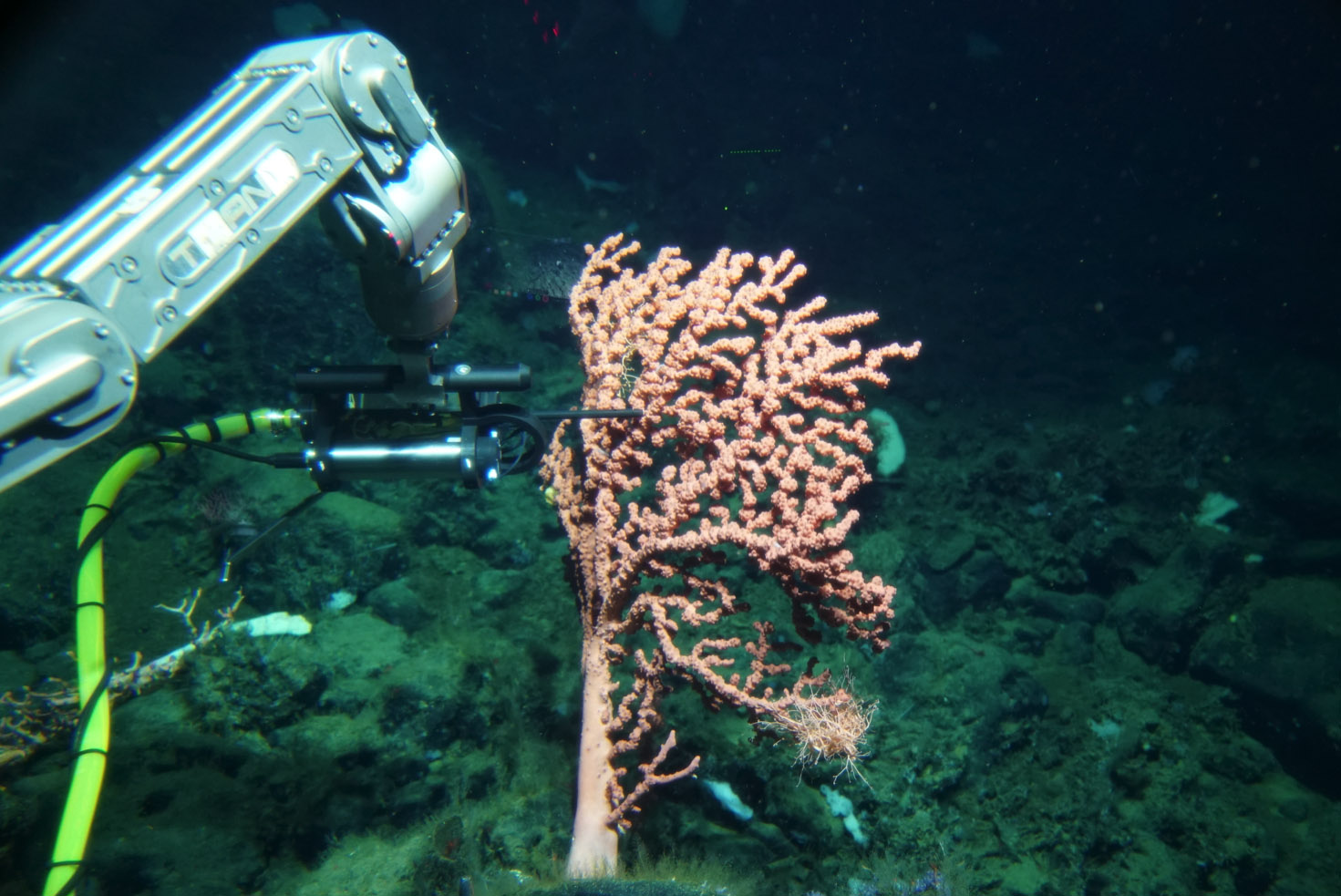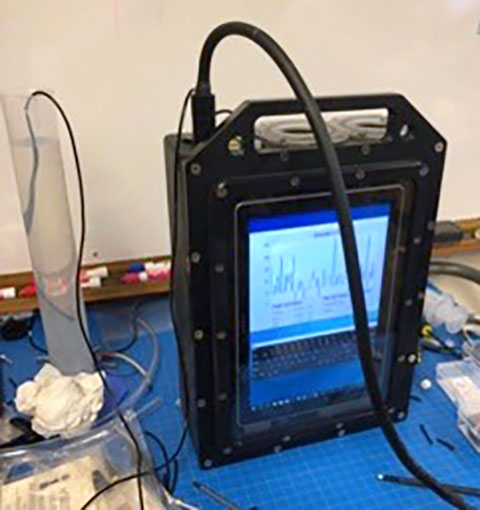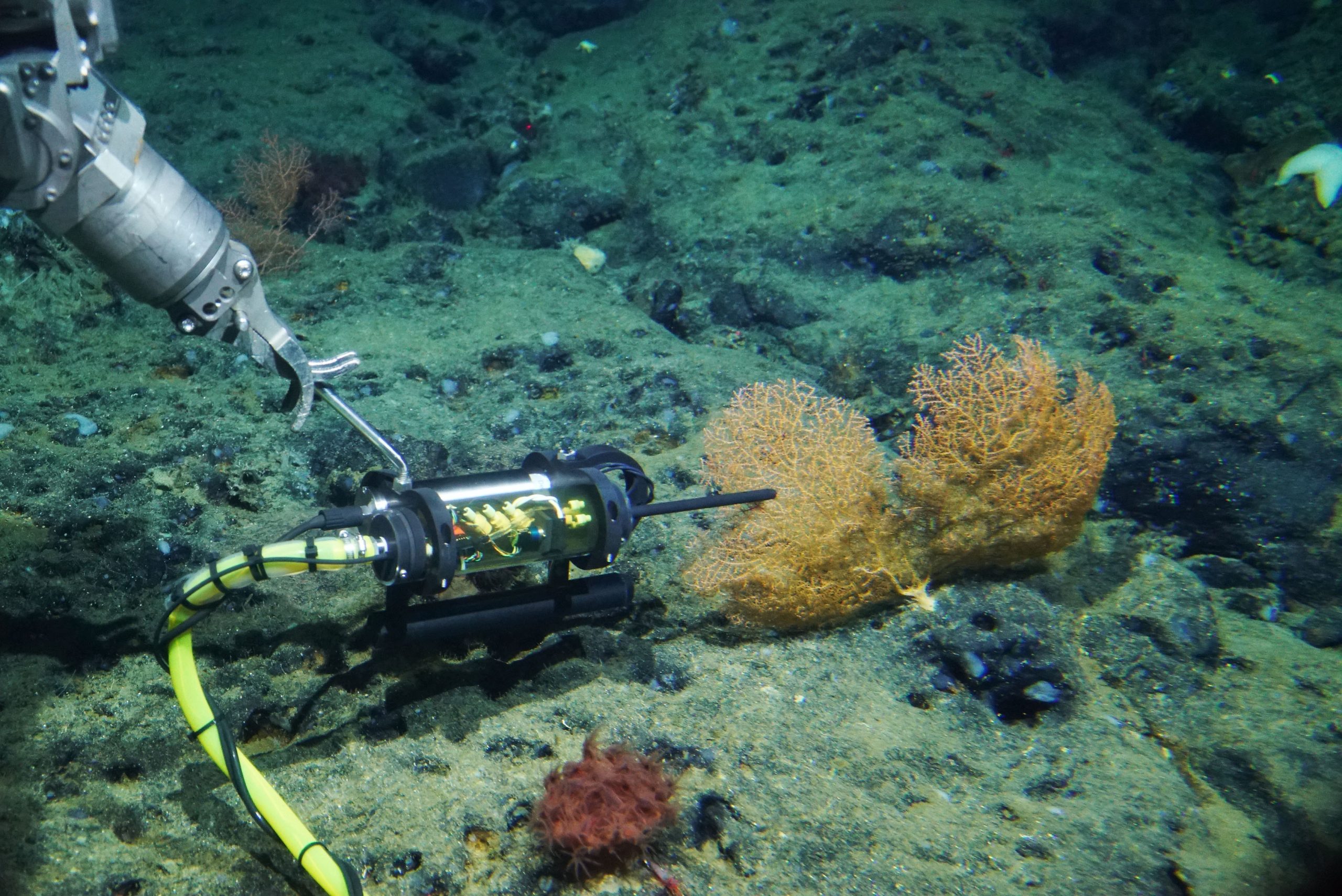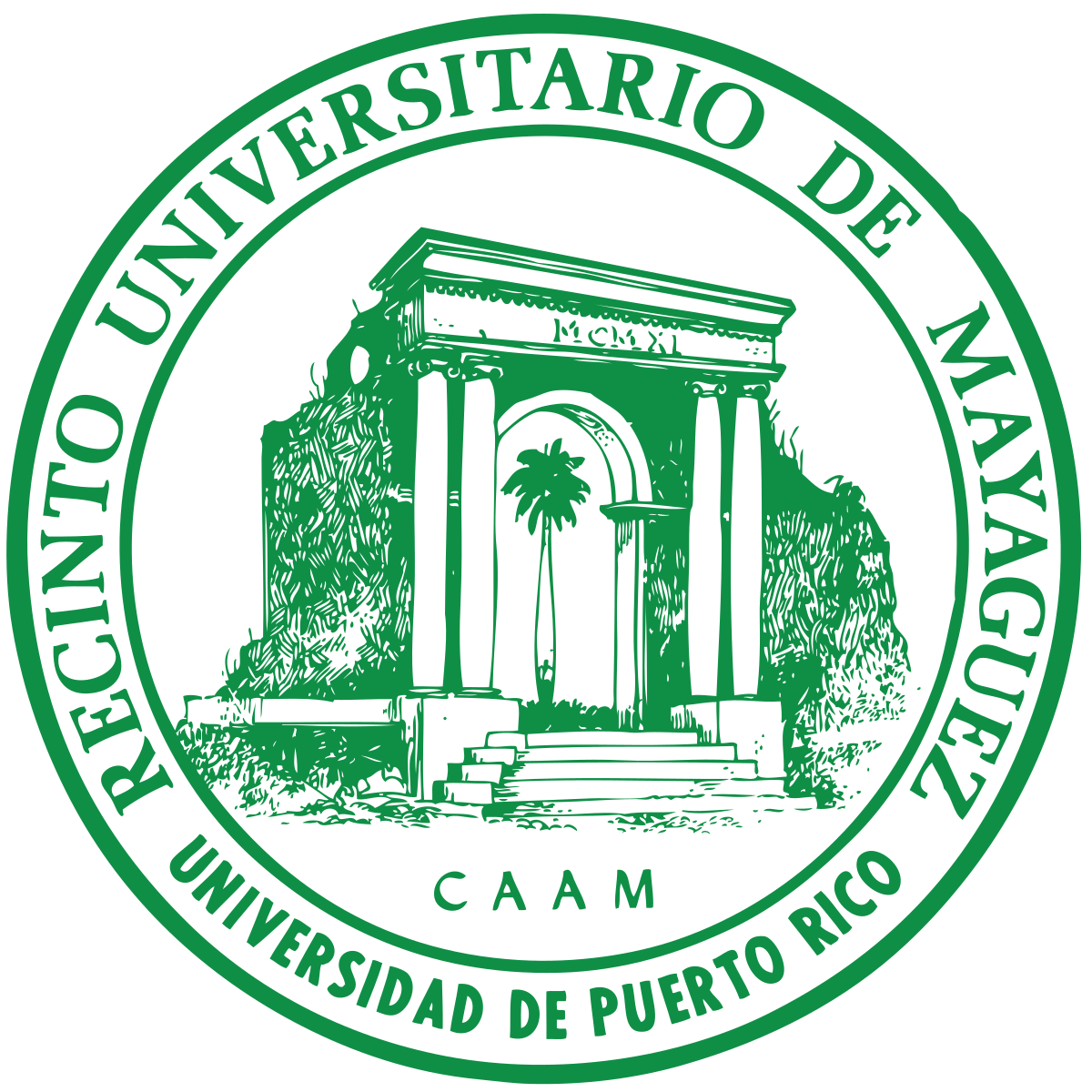Expedition dates: April 17 – May 6, 2023
Reactive Oxygen Species (ROS) are chemical compounds all living organisms, spanning bacteria to humans, create throughout the day. Organisms, including animals, produce ROS through chemical reactions within and outside cells in the body. These chemicals are essential for the function and health of animals as they are needed for breaking down food, fighting off diseases, and healing wounds. Production of ROS has to be tightly controlled since having too little or too much can have negative impacts on the health of the organism and suggests that the animal is distressed or unhealthy. For example, many shallow-water corals make too much of a ROS known as superoxide when experiencing stress like heat waves or infection by pathogens. Dr. Colleen Hansel of Woods Hole Oceanographic Institution and her team are interested in the role of ROS in the function and health of corals, especially amongst mesophotic and deep-sea corals.
Hansel and her team have developed a new sensor, SOLARIS, which can be attached to an ROV and measures the ROS superoxide and hydrogen peroxide created by deep-sea coral in their natural environment. Little is known about mesophotic and deep-sea coral health, but the science team will measure superoxide, providing key insight into the controls on coral health and how corals defend themselves from stress. Her team will test SOLARIS in the deep waters surrounding Puerto Rico, hoping that this research may inform the management of these critical ecosystems for years to come.
Goldilocks Coral and ROS
Reactive Oxygen Species (ROS), a family of naturally occurring chemical compounds, are short-lived forms of oxygen. Because ROS are highly unstable they quickly react with other chemicals in a process known as oxidation or reduction. Animals make ROS for various reasons, including reactions that occur as an organism fends off pathogens or absorbs nutrients from food. For many organisms, there is a “goldilocks spot” for the production of ROS within and surrounding their cells. Too little ROS may mean the animal struggles to acquire the food they need or fend off pathogens, and too much ROS can damage cellular function. Once produced, ROS remains in the environment for only a few seconds (superoxide) or minutes (hydrogen peroxide) before reacting with other molecules, making ROS particularly difficult to measure.
Due to its short-lived existence, very little is known about ROS and its function within the ocean, especially in marine organisms. Dr. Hansel and her team have determined that some corals produce high levels of ROS outside their cells and that it is important for fending off pathogens in shallow-water corals, like chemical armor. Her research suggests shallow-water corals that are good at regulating ROS are more resilient to stress and disease. Based on this information, the science team is curious about ROS’s role in the physiological functioning of mesophotic and deep-sea corals and whether it helps determine the difference between healthy and unhealthy corals. They hope their data may supplement visual surveys in assessing the health of these ecosystems, and may in fact provide an early warning sign of coral stress before visual signs are apparent.
Widespread mesophotic and deep-sea coral gardens grow in the deep sea surrounding Puerto Rico. Hansel and her team aim to study the corals here and establish a baseline for the health of these ecosystems. To do this, the team will conduct visual surveys in protected and non-protected areas. Additionally, they will use novel technology to determine the physiological health of these organisms by measuring the amount of ROS produced by the corals and how this relates to other ecological and physiological characteristics of the corals. Studying ROS may aid in understanding the health of mesophotic and deep corals at the cellular level.
“Super” Tech: SOLARIS and Microsensors
To conduct her research, Dr. Hansel and her team have developed new tools for measuring ROS production in corals. She will use two of these tools during the expedition: the SOLARIS and DISCO.
SOLARIS is a submersible instrument that measures the ROS superoxide and hydrogen peroxide. To use SOLARIS, water near a coral is pumped through a wand into the device and mixed with a chemical probe specific to either superoxide or hydrogen peroxide. If the ROS is present, reaction with the probe produces light that is proportional to the amount of ROS. The amount of light is then measured to quantify the amount of superoxide or hydrogen peroxide created by the coral. To capture the various roles these ROS may play in coral physiology and health, Hansel and her team will integrate SOLARIS onto ROV SuBastian and measure ROSproduction by a diversity coral species found across eight different depths spanning different nutrient and light conditions within the mesophotic to deep-sea. They will also measure coral species that have known differences in growth rates and resilience to stress.
In addition to utilizing SOLARIS, Hansel and her team will conduct a series of lab-based experiments onboard R/V Falkor (too). The team will place coral specimens brought from the deep into aquaria to conduct controlled experiments to identify the processes leading to ROS production. A handheld ROS sensor developed by Hansel (called DISCO) will be used to measure superoxide and hydrogen peroxide when the corals are fed or wounded. The lab-based data will be utilized to supplement and compare against the data they collect in the environment to help the team understand the importance of ROS in coral health and physiology.
Data & Publications
ADCP data, curated by University of Hawaii can be accessed here.
- Horowitz, J., Opresko,D., Herrera, S., Hansel, C., Quattrini, A. (2024). Ameripathidae, a new family of antipatharian corals (Cnidaria, Anthozoa, Hexacorallia, Antipatharia). Zookeys, doi: 10.3897/zookeys.1203.121411. [This article has been published as OPEN ACCESS, with support from SOI].
- 30 Day Preliminary Cruise Report: Health Diagnostics of Deep-sea Coral
In the News
Scientists use new technology to examine health of deep-sea corals, find suspected new species
Phys.Org • May 10, 2023
Transparent deep sea creature with ‘flashing lights’ stuns people
Hindustan Times • May 11, 2023
Unbelievable! See-through Sea Creature Wows With Dazzling Light Display
Bol News • May 11, 2023
Scientists use new technology to examine health of deep-sea corals, find suspected new species
My Droll • May 11, 2023
Scientists use new technology to examine health of deep-sea corals, find suspected new species
News Concerns • May 11, 2023
Scientists use new technology to examine health of deep-sea corals, find suspected new species
Samarchar Central • May 11, 2023
Expedition Taps New Tech to Check Deep-Sea Coral Health
Marine Technology News • May 12, 2023









